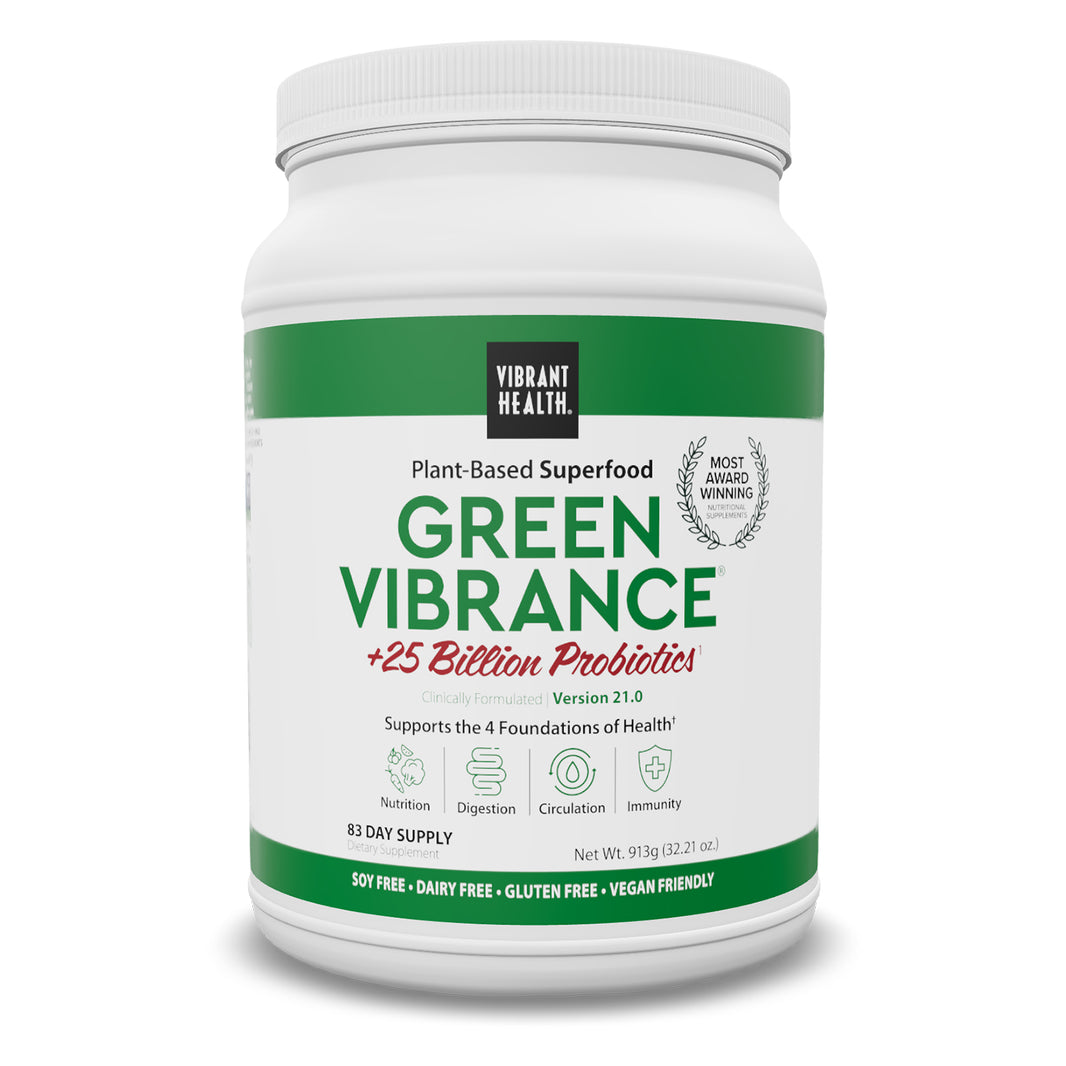Oil pulling is the act of swishing oil around in your mouth for 3-5 minutes before spitting it out. Although it sounds less than desirable, oil pulling may be responsible for the prevention of more than 30 systematic diseases ranging from headaches and migraines, to diabetes and asthma.
It has been used for many years as an ancient Indian remedy, and is said to prevent tooth decay, bleeding gums, dryness of throat, and cracked lips. It may also be useful for strengthening teeth, jaws, and gums, as well as whitening teeth.
Oil Pulling: Where it All Started
Long before there were leading brands of toothpaste around, people used oil pulling to promote oral health. Ayurveda is a holistic approach to treating diseases, which evolved in India around 3000-5000 years ago.
It is now practiced in many other parts of the world in the form of Complementary and Alternative (or CAM) medicine. The earliest literature on Indian medicine was during the Vedic period (Singh et al, 2011).
In some Asian and African countries today, approximately 80 percent of the population relies on the practice of holistic health care. CAM practices, such as oil pulling, are becoming more popular in Westernized countries as the threat of side effects from clinical medications take over.
Ayurveda practices that oil pulling is a treatment for the entire system as it believes that each section of the tongue is connected to organs such as the kidneys, lungs, liver, heart, small intestine, stomach, colon, and spine.
How to Oil Pull
1) Pick an oil.
Popular oils to pull with are sunflower, sesame and coconut oils. According to Ayurveda, sesame seeds (part of the Pedaliaceae family) are the gift of nature to mankind for its nutritional qualities and desirable health benefits. It is considered to be the queen of oil seed crops.
Coconut oil is desirable because it is full of medium chain fatty acids, which are anti-inflammatory, antibacterial and antimicrobial. Medium chain fatty acids are healthy saturated fats that are a good source of energy. They bypass most normal digestive processes and are absorbed directly into the liver, where they are used as an instant energy source.
On top of detoxing your oral cavity, MCT oil (comprised of coconut oil and palm kernel oil) may also give you a brain boost. If using straight coconut oil, you may need to melt the oil until it is in liquid form, otherwise you may end up chewing it.
2) Swish oil around in your mouth for 3-5 minutes. Do not swallow.
Oil pulling experts suggest to oil pull first thing in the morning before eating; some suggest doing it while in the shower to save time. The oil acts like a conductor to pull toxins from your oral cavity into the oil. It’s important not to swallow the oil because you would be putting the toxins back into your body.
Studies have shown significant results in a decreased number of Streptococcus bacteria in the oral cavity after two weeks of oil pulling with sesame oil; so be sure to give oil pulling a try for several weeks to see real results.
In Ayurveda practices, there are two ways to oil pull: Gandusha and Kavala Graha. Gandusha involves filling the mouth completely with oil so gargling is impossible, holding for 3-5 minutes and then releasing.
In Kavala Graha, a comfortable amount of oil is inserted in the oral cavity, gargled for 3-5 minutes and then released. Both are considered to be a simple rejuvenating technique, which enhances the senses, maintains clarity, brings about a feeling of freshness, and invigorates the mind.
Oral cleansing benefits include the improvement of bad breath, dry skin, dull senses, fatigue, anorexia, loss of taste, impaired vision, and sore throat (Singh et al, 2011).
3) Rinse! You’re done.
Individuals who oil pull claim to have an overall clean feeling in their mouths. As with any detoxing technique, you may experience side effects the first few days. This is because your body is cleaning itself out. Symptoms of detoxing, including headaches, congestion or mucus draining, should disappear in a few days.
For optimal results, consider trying oil pulling with a diet detox plan, such as juicing or eating only clean foods for two weeks. This will support the detoxification process of oil pulling. Use a high quality superfood powder in smoothies as well as MCT oil in place of vegetable oils for cooking. Eliminate breads, grains, and processed foods and sugars. Be sure to drink a large amount of water to move along the detoxification process.
References
Singh, A., & Purohit, B. (2011). Tooth brushing, oil pulling and tissue regeneration: A review of holistic approaches to oral health. Journal of Ayurveda and Integrative Medicine, 64-64.




























Leave a comment